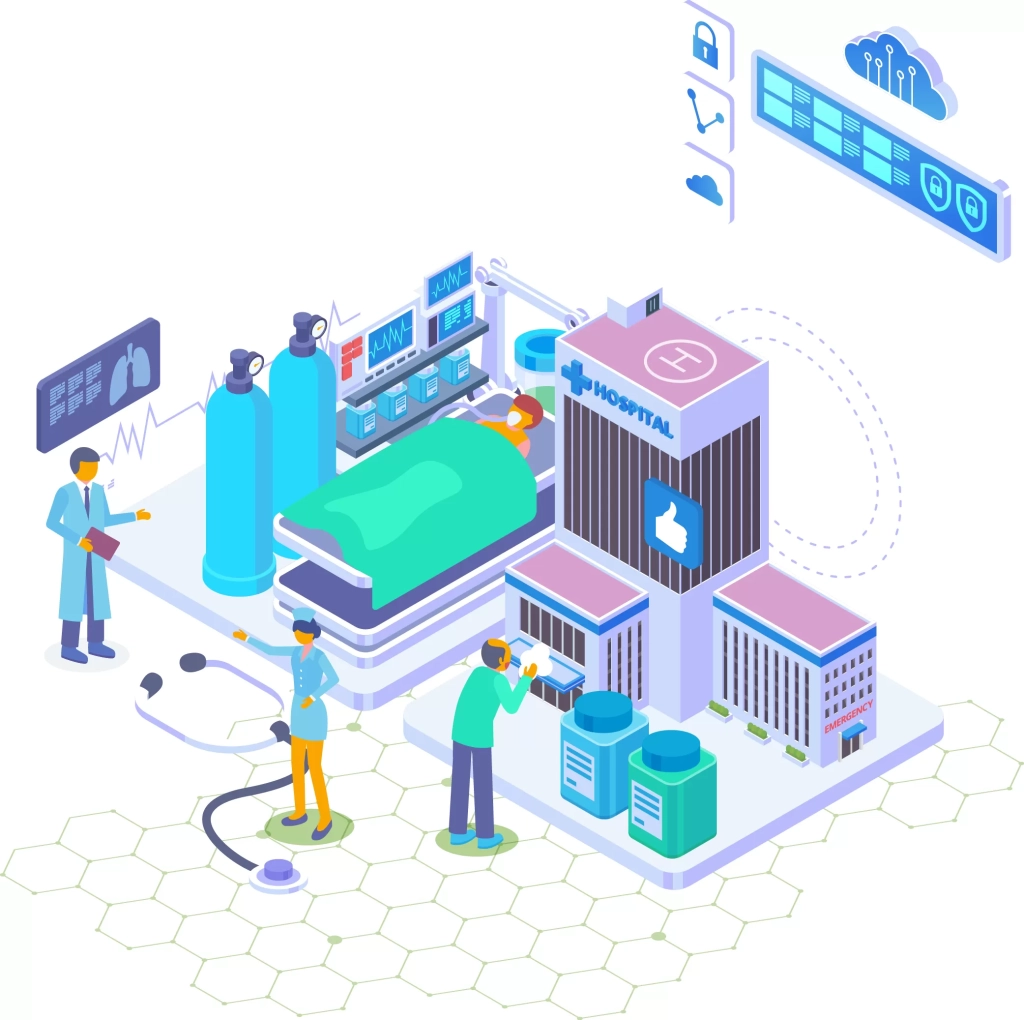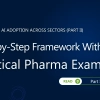How to Prevent Data Breaches in the Healthcare Sector
1. Follow information security programs
Ensure your organizational practices align strictly with the information security standards of your industry vertical (such as ISO). It helps your organization to develop, deploy and maintain your information security system. If you must satisfy more than one regulation in your industry vertical, then ensure that the standard you have chosen looks at other regulatory compliance requirements. Such regulations include Health Insurance Portability and Accountability Act (HIPAA), Sarbanes-Oxley Act (SOX), GDPR, and others.
2. Have a good audit logging and reporting system
Auditing solutions give real-time analysis of events generated by applications and network hardware. Many log analytics and data intelligence solutions effectively strengthen your network. With these solutions, you can understand how information flows through your healthcare environment. Some of these audit solutions can track and analyze logs and find anomalies in data patterns.
3. Use advanced end-user protection systems
Look at end-user security from 2018’s perspective. That is, applying the right security policies based on the user’s actions. EDR solutions like Symantec, Cisco, Cylance, CrowdStrike, Carbon Black, CounterTack, and others go beyond traditional solutions to protect your endpoints.
4. Take contractors and business associates on board
Healthcare providers work together with several other providers offering different services and tools to deliver successful treatments and cures. All your immediate contractors, business associates, clinics, doctors, and others must be held accountable for the safety and security of data. Major compliance regulations state that this is achieved through written business associate agreements that all parties must sign.
5. Be HIPAA compliant
Healthcare data processors should annually audit their systems for security evaluation. Given today’s increasingly sophisticated cyber-attack strategies, it is an excellent idea to continuously assess your network for anomalous behavior.
Make use of third-party IT configuration change auditing solutions for HIPAA compliance. We use the PowerApps methodology -low code, no code that allows you to do the following:
• Audit Windows permissions changes to find out who can access sensitive health data
• Monitor activities of users who have access to PHI
• Get real-time alerts as and when a significant change happens
• Monitor privileged user groups for membership changes
6. Make employees responsible for data security
More than installing advanced technologies are required to secure an organization’s boundaries. It would be best if you also involved employees. Security best practices state that employees are important stakeholders. Train people not to divulge sensitive data through social engineering. For example, what’s the point of having the best antivirus to defend your network if an employee unknowingly exposes sensitive data to a suspect over the phone or verbally?
7. Testing makes a difference
Testing helps in determining the effectiveness of your security measures. Do penetration tests and vulnerability tests to determine organizational network strength resilience. You can take the help of a security firm to do professional testing. As hackers are always looking for holes they can tap, you must stay ahead of them through professional testing.
8. Do patch management
To keep systems secure, constantly update systems as and when necessary. Follow these things as well:
• Have a central console to manage updates for Windows, Linux, and other machines
• Have a dashboard to view the job status of updates on computers
• Schedule a job to apply updates on a computer group
• Generate a list of computers that are not patched and thus are vulnerable





